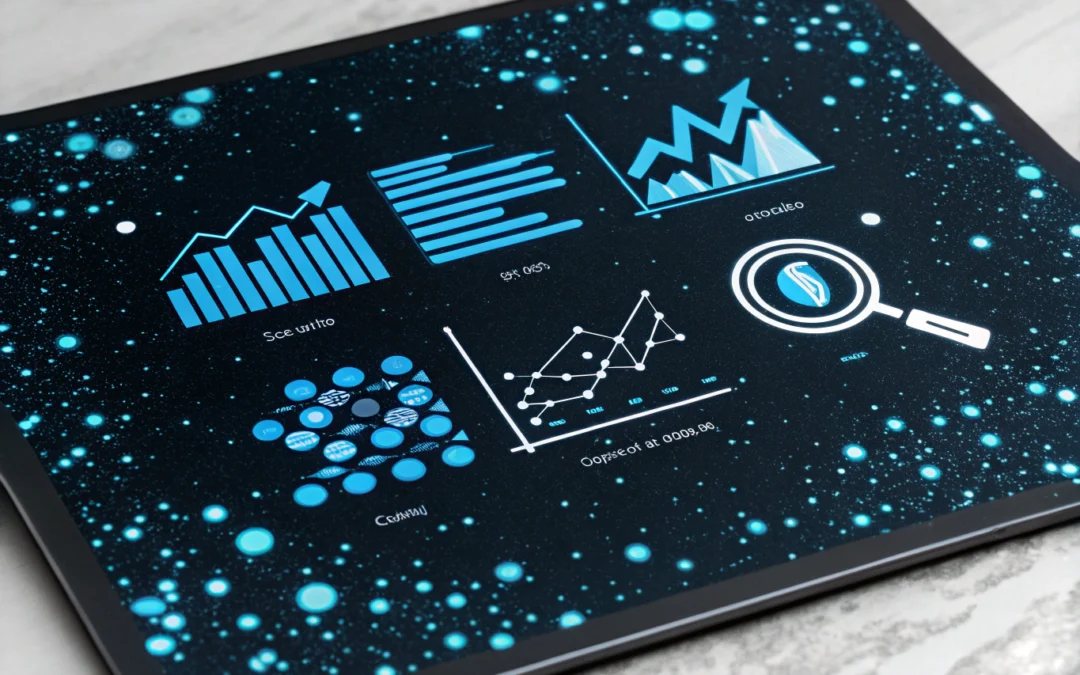The Magic of Numbers: Making Sense of Sales Forecasting
Imagine you’re a captain navigating the vast ocean of commerce. Your compass? A trusty sales forecasting excel template. But instead of stars or magnetic fields, it uses numbers, charts, and a sprinkle of AI wizardry to guide you through the fog of uncertainty. Yet, how often do we glance at this tool, nod sagely, and continue to steer without truly understanding its potential?
Understanding the Forecasting Basics
Sales forecasting isn’t just about predicting the future; it’s about understanding the present. The template acts like the intern who crunches data with relentless efficiency, pointing out patterns we might overlook. It’s a blend of art and science, where historical data, market trends, and consumer behavior come together in a dance of digits. But beware! A misplaced decimal or a forgotten variable can turn your promising outlook into a mirage.
Your Digital Crystal Ball
Think of the sales forecasting tool as less of a crystal ball and more of a weather app. Sure, it won’t tell you precisely when it’s going to rain on your parade, but it can give you a pretty good idea of when to carry an umbrella. This kind of informed prediction helps businesses allocate resources wisely, plan inventory, and set realistic sales targets. But remember, like any intern, it needs guidance—constant oversight to ensure it stays on track and doesn’t veer off into fantasy land.
The Role of AI in Forecasting
Now, let’s throw AI into the mix. Here’s where the intern really gets an upgrade—think of them as an intern who’s just completed a crash course in machine learning. AI helps refine the forecasting process by analyzing larger datasets with greater precision, spotting trends a human might miss. But as we’ve seen time and time again, AI is only as good as the data it’s fed. Garbage in, garbage out, as they say. So, feed it well!
Keeping It Human-Centered
Even with AI, the human touch remains crucial. It’s about balance. We need to critically assess the output, question anomalies, and apply context that a machine simply can’t grasp. It’s this partnership between human intuition and AI’s number-crunching prowess that results in the most accurate forecasts. Think of it as a buddy cop film where both partners bring their unique skills to solve the mystery.
Actionable Recommendations for Your Business
1. Understand Your Tools: Don’t just use the sales forecasting excel template blindly. Spend time learning how it works and what the output means for your specific business context.
2. Regularly Update Your Data: Your forecasts are only as accurate as the data they rely on. Regular updates ensure you’re making decisions based on the freshest information.
3. Blend AI with Human Insight: Use AI to enhance your forecasting, but always apply a human lens to interpret the results. Question, verify, and adjust.
4. Make It a Team Effort: Involve multiple departments in the forecasting process for a more comprehensive view. Sales, marketing, and finance should all have a seat at the table.
5. Plan for Multiple Scenarios: Don’t put all your eggs in one forecast. Develop multiple scenarios to prepare for different outcomes, ensuring flexibility and resilience in your strategy.
Checkout ProductScope AI’s Studio (and get 200 free studio credits)

